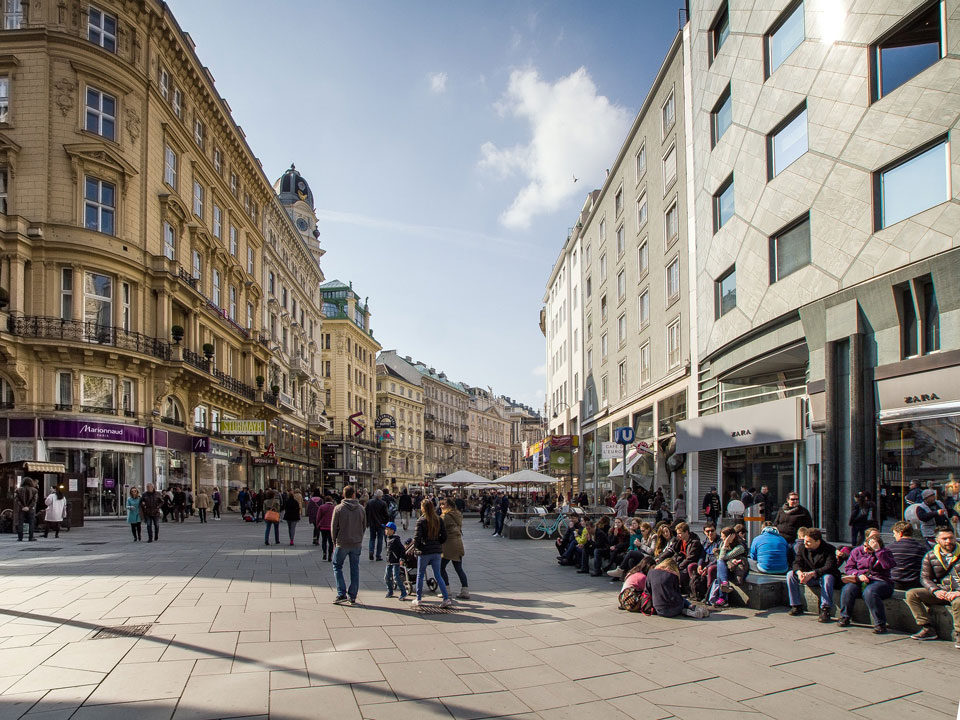Austria is situated in the heart of Europe, and has excellent land, rail and air connections with major European cities and beyond. The World Economic Forum’s Global Competitive Report consistently ranks Switzerland among the top countries worldwide with regards to the overall quality of its infrastructure. It has extremely well developed roads, highways, public transport, numerous airports, and excellent Wi-Fi speeds: all of which are critical to business success. For daily living, an integrated system of trains, buses, trams and underground metros makes it easy to get around.
Austria is a highly competitive country and remains at the forefront of innovation. The education system is excellent and a large number of incentives encourage research and innovation. Austria has a well-trained, multi-lingual workforce, with a high proficiency in English. The Swiss government takes a very pro-business approach and laws are liberal. The Austrian government places very few restrictions on foreign investments and the participation of local partners is not required for many business ventures.
Austria is among the richest countries in the world and its economy is modern and diversified. It can be described a s a social market economy. Although traditionally reliant on Germany, the economy has forged closer links to other European states through its membership of the EU.
Membership of the EU has also increased the flow of foreign investment into Austria. Important industries include food, luxury commodities, mechanical engineering, steel construction, chemicals, and vehicle manufacturing. Tourism is also an important source of revenue. GDP growth rate since the Global Financial Crisis of 2007-8 has been modest but positive.


Austria is a landlocked federal republic in Central Europe. It is bordered by the Czech Republic and Germany to the north, Hungary and Slovakia to the east, Slovenia and Italy to the south, and Switzerland and Liechtenstein the west. The country is situated in the Alps and is largely mountainous, though Eastern Austria is more low-lying and relatively flat.
The climate is temperate and cool, with predominantly Alpine features. The winters are cold and the summers are relatively warm, and precipitation is moderately high.
Austria was a significant power in Europe, particularly since the Habsburg dynasty. The Empire of Austria was founded in the nineteenth century, and later shared sovereignty with the Kingdom of Hungary over much of Europe as the Austro-Hungarian Empire. The empire was dissolved at the end of World War I, but the new Austrian Republic was annexed by Germany in 1938. After the Second World War, Austria’s constitution was restored and Austria officially re-established itself as a sovereign state in 1955. Austria is now a parliamentary democracy, divided into nine federal states. It is one of the richest countries in the world, with a high standard of living.
Although historically the largest group in Austria was the Germans, the twentieth century saw a growing sense of Austrian identity. Austria is quite homogenous although there are Croatian, Slovene, Hungarian, Czech, and Slovak minorities. Christianity is the dominant religion, with the majority being Roman Catholic and a much smaller number being Protestant, though a significant portion of the population is non-affiliated.
The quality of life in Austria is very high, with the majority of people being in the middle classes. Education is considered important, as is the family unit. Austrian cuisine incorporates influences from Germany, the Czech Republic, Italy and Hungary, and is often enjoyed with coffee, beer or wine.